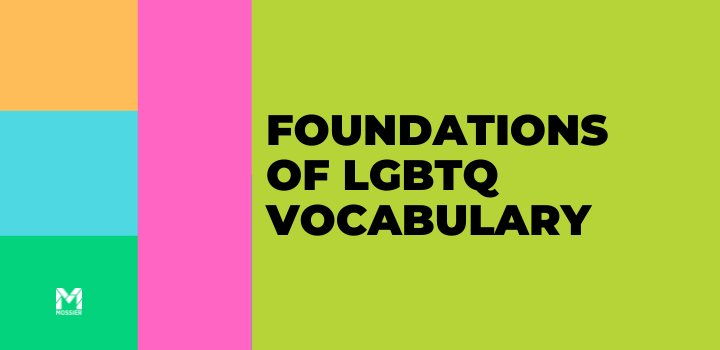
Foundational LGBTQ vocabulary
It may seem overwhelming when learning about the LGBTQ+ community and all of the terms and concepts associated with it. It’s important to remember that this is a learning process. So, do your best to understand and remember that it’s OK to make a mistake. Learning takes time!
First, let’s start with some basic terms you may have already heard before. These are the terms that refer to the community as a whole:
LGBTQ+ is an acronym for “Lesbian, Gay, Bisexual, Transgender, and Queer.” The “+” signifies others who are not mentioned specifically in the acronym but still identify within the community. You may see that we use LGBTQ primarily throughout our training and communication materials, which is a common shorthand for LGBTQ+. Neither way is inherently right or wrong, but you want to make a conscious decision and be consistent as you proceed.
Queer is interchangeable with LGBTQ+ and has become a widely used term instead of LGBTQ+. Many in the LGBTQ+ community have purposefully reclaimed as a part of their identity.
Before understanding different types of identities within someone’s sexuality, it’s important to understand what sexual orientation is. Sexual Orientation is a person’s identity in relation to the gender or genders to which they are sexually attracted. Here are a few identities aligned with someone’s sexual orientation:
- Gay means that someone is attracted to the same gender whether it be emotionally, sexually, or romantically.
- Lesbians are women who are attracted to other women whether emotionally, sexually, or romantically.
- Bisexual describes someone who is attracted to more than one sex or gender or gender identity.
- Pansexual describes someone who has the potential for emotional, romantic, or sexual attraction to someone of any gender.
- Asexual is the lack of sexual attraction to others or low or absent interest in or desire for sexual activity. It may be considered a sexual orientation or the lack thereof, and it may also be categorized more widely to include a broad spectrum of asexual sub-identities.
Sexual orientation is different than their biological sex or gender identity. Here are some words that have to do with gender and sex. Related definitions include:
- Sex Assigned At Birth is the sex that the person was given at birth, usually representing their anatomy or “biological sex”. This can appear as “Assigned Male at Birth (AMAB)” or “Assigned Female at Birth (AFAB)”.
- Cisgender is someone whose gender identity aligns with their sex assigned at birth.
- Transgender means that someone’s gender identity and/or gender expression does not align with their sex assigned at birth.
- Gender Identity Is how someone perceives themself. This can be the same or different from their assigned sex at birth. They can identify as man, woman, queer, gender-nonconforming, and many other options.
- Gender Expression Is how the individual behaves. This is how they express themselves through their actions and appearance. This does not have to align with their gender identity or any predefined social constructs of male or female.
The idea that there are only two genders, man/male and woman/female, creates what is called a gender binary. As the LGBTQ+ community grows and people grow into their identity, some may not feel comfortable identifying with either of those options, but perhaps somewhere in between or on a completely different level than appears in this binary. This means that gender identity and gender expression are not clear cut nor always visibly distinguishable.
Here’s an example: Someone may use they/them pronouns and identify as gender non-conforming while expressing their gender in a more stereotypically feminine way. That is the difference between gender identity and gender expression. The former is how you identify yourself and the latter is how you express yourself to others. It is important to remember that gender identity and gender expression are distinctly different from one another.
Gender expression does not indicate or imply gender identity. If you assume gender identity based on a person’s gender expression, you risk misgendering them, meaning using gendered words or phrases to talk about a subject in a way that is not reflective of how the subject identifies their own gender. Being misgendered is exhausting and alienating for LGBTQ+ folks, so take inventory of the generated language you use! Once you become aware of it, get curious with yourself about what assumptions you are making about people and their gender identities when using that language. Where are moments where you can lead with inquiry and ask questions about how people would like to be identified rather than assuming and choosing for them?
Here are some terms that represent experiences the LGBTQ+ community experiences.
- Questioning is when someone is in the process of exploring their sexual orientation and/or gender identity.
- Coming Out is when someone accepts their sexual orientation and/or gender identity and starts to express it to others.
- Closeted is someone who does not share their sexual orientation and/or gender identity, for a multitude of reasons.
- Outing is the event where someone else discloses one’s sexual orientation and/or gender identity without the person’s consent. This is very dangerous because it may have serious consequences. For example, depending on where the person lives, they could have social, workplace, and family repercussions. Coming out is an important step in the journey, and one should have full control over who, what, when, where, and how they come out.
- Living Openly is when an LGBTQ+ individual is comfortable with being out where and when they deem appropriate.
It’s important to remember that these are not just words and definitions. These are identities people have, with lived experiences. This means that these concepts are not black and white. They can be, and are, quite complex. This list is by no means exhaustive but hopefully has helped create a foundation for you to build your knowledge of the LGBTQ+ community.
Questions? Drop us a line!

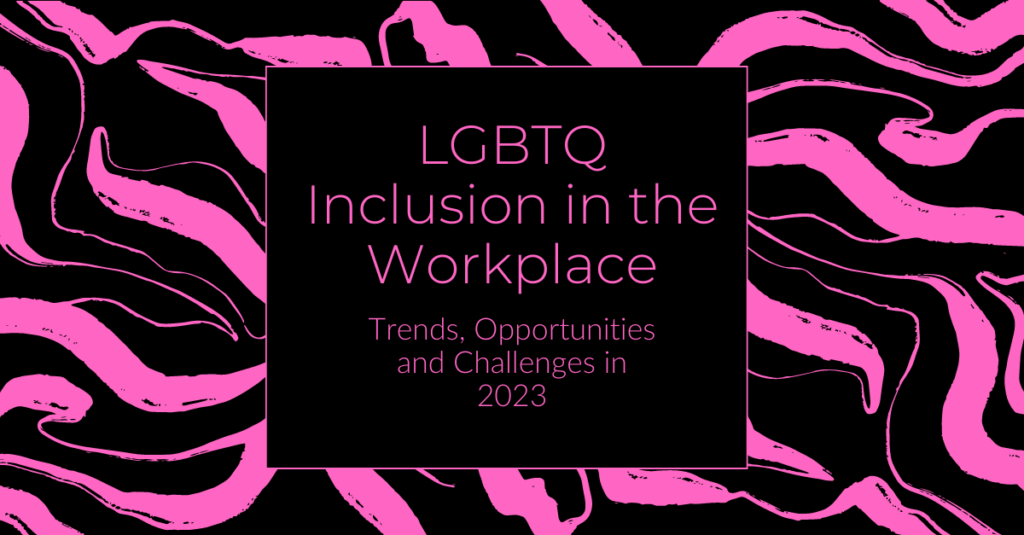
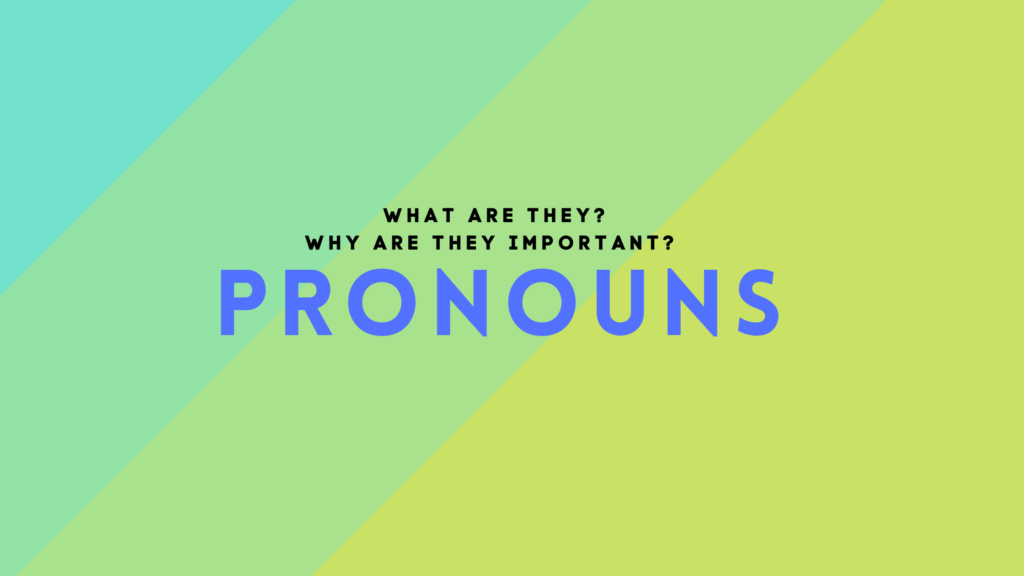
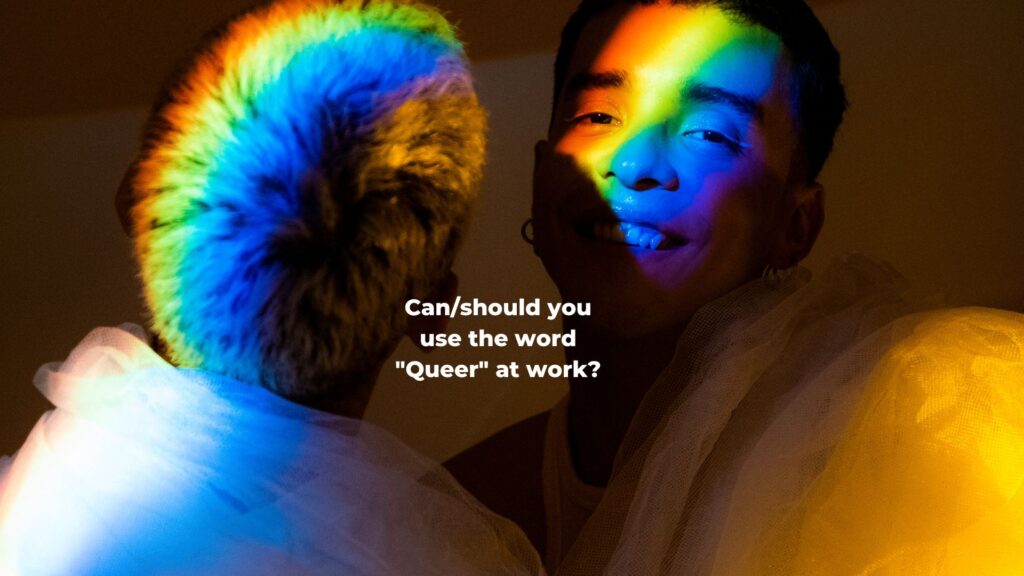
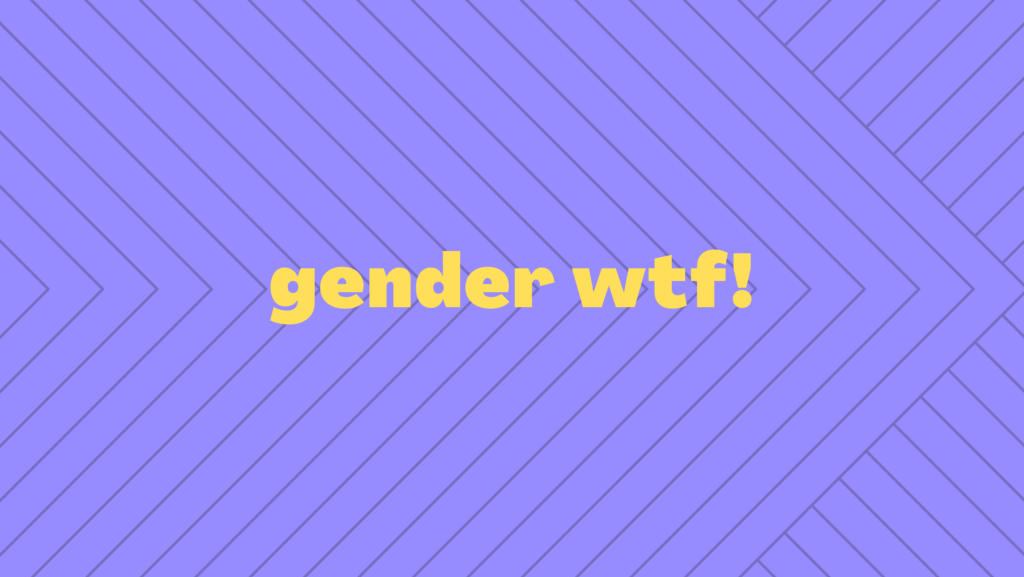
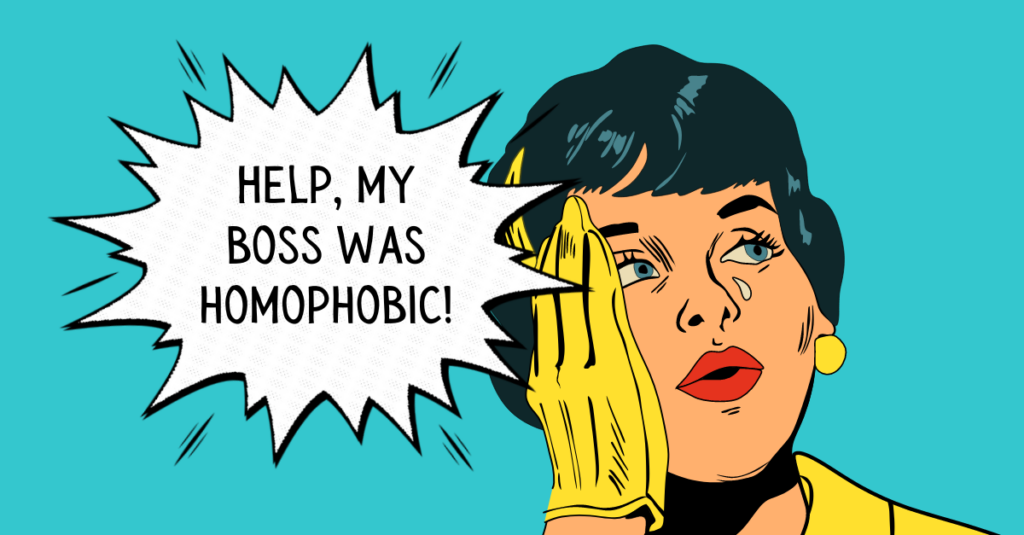
Responses